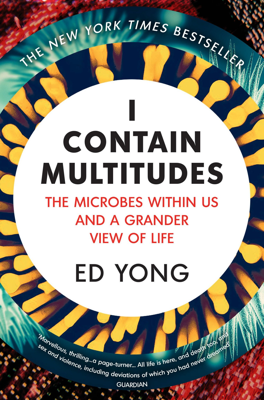Living Islands
Overview of Earth's History and the Role of Microbes
The chapter begins by condensing Earth's 4.54 billion-year history into the scale of a single year to highlight how recent the appearance of humans and other complex life forms is in comparison to the existence of microbes. For the majority of Earth's history, microbes were the sole inhabitants, shaping the planet by driving essential biological processes such as photosynthesis and nutrient cycling. This extended period, termed the Microbiocene, underscores the foundational role of microbes in Earth's biosphere.
Evolution of Complex Life from Microbial Origins
The narrative shifts to the origin of eukaryotes, the group that includes all plants, animals, and fungi. These organisms evolved from a symbiotic relationship between an archaeon and a bacterium roughly 2 billion years ago. This merger was a critical step in biological evolution, enabling the development of complex cellular structures like the nucleus and mitochondria, which are fundamental to eukaryotic life.
Human Microbiome and Symbiosis
Humans, like all eukaryotic life forms, evolved from and with microbes, leading to the current understanding of the human body as not just a singular organism, but a complex ecosystem composed of human cells and a multitude of microbial residents. These microbes play crucial roles in nutrition, immune function, and overall health.
Influence of Microbes on Animal Evolution and Ecology
The text highlights various examples of how microbes confer unique abilities to different animals, illustrating the profound impact of microbial symbiosis on animal biology and evolution. For instance, certain birds use bacteria to protect their eggs from pathogens, while other animals rely on microbial partners for defense or digestion.
Implications of Microbial Roles in Health and Environment
Humans' relationship with their microbiome is not only fundamental to individual health but also impacts broader ecological and environmental processes. The hypothetical scenario where all microbes are eliminated showcases the potential cataclysmic consequences, emphasizing the critical role of these organisms in maintaining the stability and functionality of ecosystems.
Future Directions and Importance of Microbiome Research
The chapter underscores the burgeoning field of microbiome research, propelled by advances in gene sequencing technologies. This research is unraveling the intricate relationships between hosts and their microbial partners, offering new insights into both health and disease management. The potential to manipulate these relationships represents a frontier in medical and environmental sciences.
Conclusion: Rethinking Natural History with a Microbial Perspective
The author advocates for a revised perception of natural history that incorporates the role of microbes, suggesting that a complete understanding of biology requires acknowledging the microbial components intertwined with all life forms. This revised perspective enriches our understanding of biological diversity and the interconnectedness of life on Earth.
